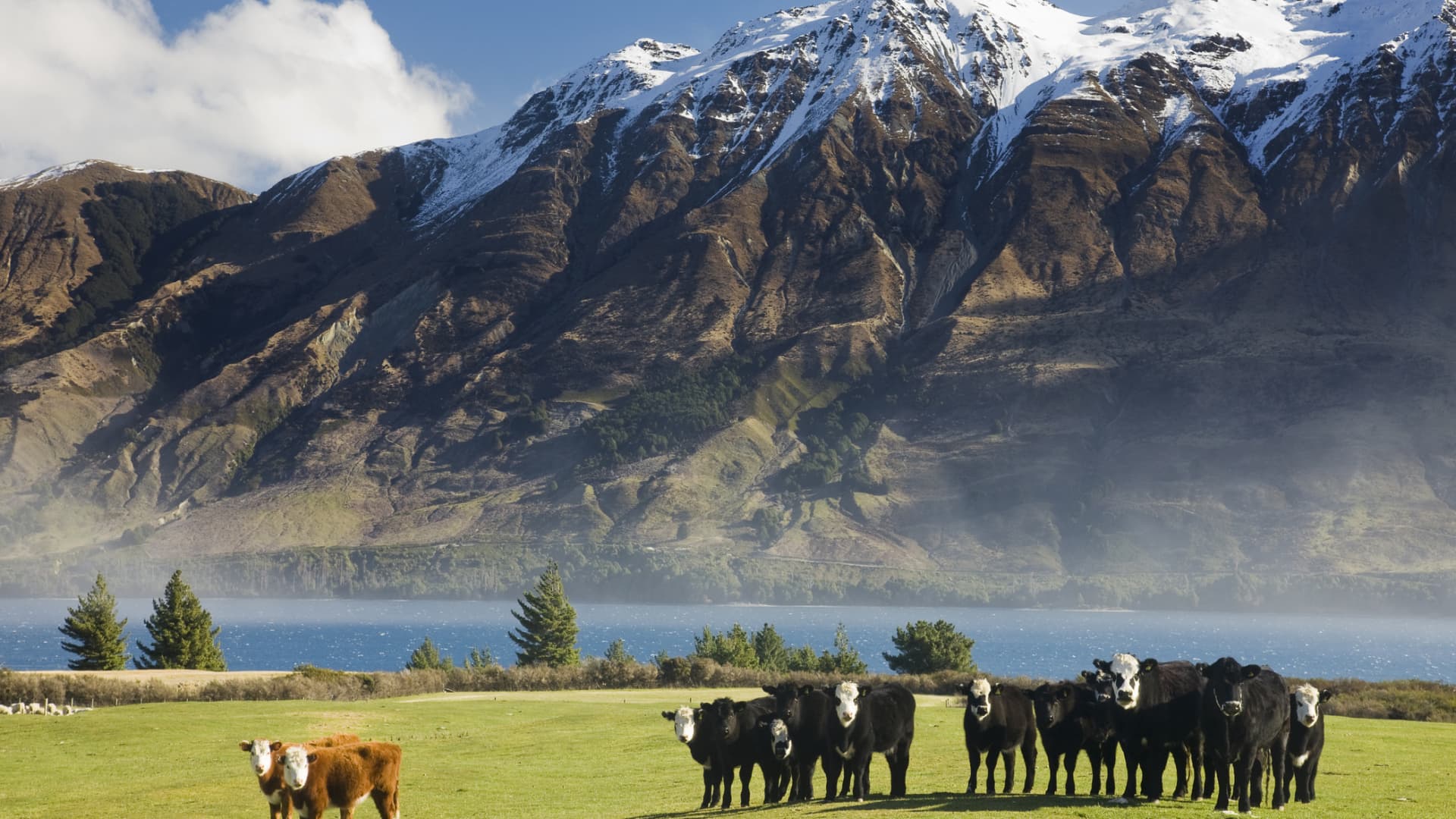OpenAI has finally launched Sora, its advanced text-to-video generator, making it available to the public. Just as you can generate thousands of words by submitting a quick prompt on ChatGPT, you can now generate videos by submitting prompts on Sora. However, its functionality goes beyond that—you can also upload images to bring them to life. Imagine submitting an old photo of your great-grandfather and watching him walk, run, or perform other actions. That’s the level of innovation we are talking about here. That said, you may be wondering: how is Sora different from LLMs (Large Language Models) like GPT-4 that power ChatGPT, the technology behind Sora? What is it trained on? And most importantly, can everyone access Sora? We answer all these questions below—read on.
Also Read: iPhone 18 Pro tipped to cost a lot more, big reason for price hike is…
How Is Sora Different from Text-Based Large Language Models?
To begin with, Sora is a text-to-video AI model, while GPT is a Large Language Model. Despite their differences, the inputs they accept are somewhat similar, as GPT-4 is multimodal—it can process text, images, and even videos as inputs.
For instance, with Sora, you can create a video of a mountain ridge by submitting a detailed prompt. You can specify whether the mountains should be snow-capped, whether the sun is shining, and other details. Furthermore, you can breathe life into an existing image by submitting it to Sora. In essence, Sora processes text, images, or videos as inputs and produces videos as outputs.
By contrast, GPT models only produce text outputs, even if you submit text or image inputs. This difference in output sets the two apart.
You might ask: Can ChatGPT or Google Gemini generate images? Aren’t they powered by GPT-4 and Gemini, respectively? The answer is no. They rely on models like DALL-E 3 (OpenAI) and Imagen 3 (Google) for text-to-image generation.
Sora also has the ability to extend videos, either forwards or backwards in time, adding yet another dimension to its capabilities.
Also Read: iOS 18.2 release this week: iPhone users to get powerful AI features on…
How Was Sora Trained?
OpenAI claims that Sora was trained on videos and images of varying durations, resolutions, and aspect ratios. The company states that it uses a Transformer architecture, which processes space-time patches of video and image latent codes.
From a technical perspective, there is a significant difference in the approach. While text-to-video models like Sora are trained differently, large language models such as GPT-4o or other AI models from companies like Meta’s Llama are typically trained on what we refer to as tokens.
However, instead of tokens, OpenAI employs a method called visual patches to train Sora. Essentially, it breaks videos into patches by compressing them into a lower-dimensional latent space. The representation is then decomposed into space-time patches for further processing.
Who Is Sora Available For?
Currently, Sora is not accessible to free users. This means you will need to purchase a subscription—either the OpenAI Plus subscription or the OpenAI Pro subscription.
The Plus subscription, which costs ₹2,000 in India, allows access to 50 Sora video generations per month. If you choose the Pro account, which costs $200, you can generate up to 500 fast video generations. However, opting for higher resolution reduces the number of generations available. If you are patient and willing to use the slower generation mode, you can enjoy unlimited video generations.
It is important to note that there is a cap on resolution, and videos can only be up to 20 seconds long. They are available in widescreen, vertical, or square aspect ratios.
For specifics, OpenAI Plus (or ChatGPT Plus) users can generate videos at 480p resolution, with a limit of 50 videos. While 720p generation is possible, the resulting videos will be fewer in number.
That said, due to overwhelming demand, OpenAI is not currently allowing new signups for Sora. OpenAI CEO Sam Altman has confirmed that signups have been paused temporarily but will resume once demand stabilises. He assured users that OpenAI is doing its best to address these issues as quickly as possible. However, it may take some time before everyone gains access to Sora. If you do not get access soon, it is due to the high demand.
Also Read: iPhone 17 Air likely to be 2mm slimmer than iPhone 16 Pro: Check more details here







